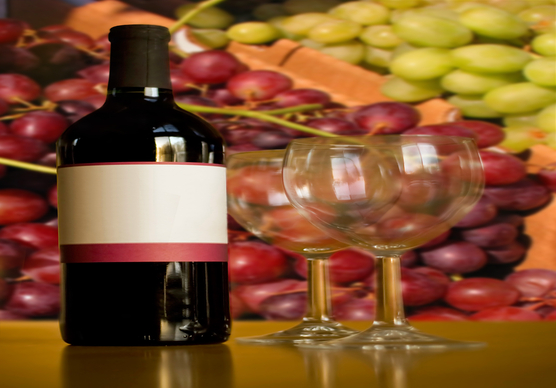Comparing the Methods Used for Vinification of Red and White Wines
The professional at a marine catering company knows that any food preparation method calls for completion of one or more processes. For example, the making of Jello demands refrigeration of a colorful and sweet liquid, one that has been designed to gel. The process of vinification must be completed, in order to produce wine. That process begins with the crushing of the grapes, so that the fruits’ juice gets released. Next the released juice gets fermented and aged. Then it is bottled and shipped to a waiting merchant or restaurant, or perhaps a designated individual at a maritime catering company.
What steps are included in the vinification process?
Like the grapes used in making red and white wines, the vinification used in those same flavorful beverages contributes to the distinctive characteristics of each wine. That all-important process takes place in stages. During the stage known as fermentation, darker grapes can be treated in one of two ways. Those small round fruits can be crushed while in bunches, or they can be put in vats to macerate. If the first treatment has been chosen, then a special tool crushes the fruit. That tool pushes the skin into the juice, and it serves as a replacement for the human foot. If the second treatment gets used, then yeast might be added to the appropriate vat. In addition, a two-staged aging process functions as another means for differentiating the methods used with the darker fruit from the ones typically used with the light-colored fruit. A maker of red wines must monitor both the initial fermenting activity, as well as the second, which is called malolactic fermentation. That second type of fermentation yields lactic acid. During the making of white wine, the grapes get crushed right after harvesting; in other words, while they are still on the stalk. The grapes’ juice then gets placed in oak barrels or vats, where it will ferment. In most cases the winemaker has the light-colored fruit undergo a single fermentation. Yet those grapes raised in Bourgogne pass through two stages of fermentation. Again, the product of that second stage is lactic acid. The presence of that lactic acid accounts for the smooth nature of a Bourgogne wine. That fact underlines the degree to which both a grape’s growing environment and the specifics of the wine-making process play a role in shaping a wine’s structure (rough or smooth). A still life shot of a single wine bottle and a pair of empty glasses in front of some red and green grapes. Shallow depth of field.
Terms associated with the vinification process
During the aging process an exchange takes place between the air and the fermented liquid in the barrel or vat. That exchange process is called ouillage. It keeps the wine from oxidizing. As the ouillage takes place, the winemaker stirs the skin and liquid mixture in the barrels or vats. Yet the winemaker does not refer to that particular task as stirring; instead he talks about topping off a barrel or vat. Like those chefs that work for various marine catering companies, the winemakers use special tools. A tool called the dodine gets used to top off the fermenting substance in a designated vat or barrel. Like a professional cook, such as a chef employed by a marine catering company, the winemaker must make some important decisions. For instance the winemaker’s job responsibilities include that of tasting the fermented liquid, in order to see if it is ready for bottling. The winemaker carries out that particular responsibility while stirring the fermented liquid. Hence that same liquid gets tested and tasted 2 to 4 times per month.

